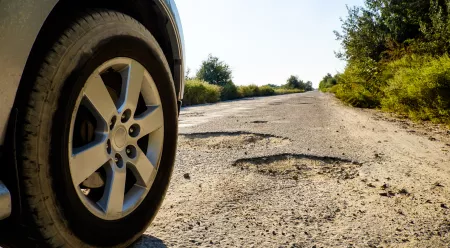Transitioning from renting to owning is a significant milestone, but it can’t be achieved overnight. Many renters might not realize that buying a home requires more than just having enough money to cover a down payment. You'll also need to ensure you're ready to cover closing costs like property taxes, secure a strong credit score, and explore various mortgage options. To help you accumulate the necessary funds to turn your dream of homeownership into reality, it’s best to set a savings goal as early as possible. But first, our friends at Zoocasa take a closer look at the fundamental steps involved in preparing for the leap from renting to homeownership.
Unpacking The Initial Costs of Homeownership
There are few initial costs when renting besides providing a security deposit and possibly the last month’s rent. With homeownership, however, there are several expenses that must be settled before you get the keys to your new home.
In Canada, the down payment usually constitutes the most substantial initial expense of buying a home, ranging from 5% to 20% of the home's purchase price. For example, if you purchase a home for $450,000, then the minimum required down payment would be $22,500 based on the Government of Canada regulations. For homes that are above $500,000, the minimum down payment is 5% of the first $500,000, and 10% of the portion of the purchase price above $500,000. Because the cost can vary so greatly, it's important to set a realistic down payment savings goal before you start thinking about homeownership.
Next comes closing costs, which must be paid in cash before closing day. These typically include the land transfer fee, property taxes, insurance fees, any legal fees and other miscellaneous expenses. In total, closing costs add up to a few thousand dollars so it's important to factor these into your savings plan.
While all of these homeownership expenses might seem overwhelming, the benefit over renting lies in the equity you build in your home. This means over time the value of your home will increase, ultimately saving you money when you eventually sell your home or pay off your mortgage. Your home’s equity can even help you save for retirement!
Laying the Foundation: Growing Your Savings For a Down Payment
As a renter, it can be challenging to save money while paying monthly rent and managing other living costs, however with the right strategies and determination it can be done. First, calculate how much you can realistically set aside for a down payment. This step not only helps you identify the type of home within your budget but also sets a practical foundation for your search. It’s also important to recognize that the location of your home plays a big factor in the amount you’ll need to save. It can take more than 10 years to save for the average down payment in some of Canada’s most sought-after cities, but opting to live in a more suburban region can help you achieve your homeownership dreams faster.
Next, make a spreadsheet of all of your monthly expenses to see where there is room for cutbacks. Maybe you can limit your take-out orders to just once a month or you can cancel a monthly streaming subscription. Though the amount might seem meager, setting aside even small amounts of money can really help in reaching your down payment savings goal. Remember that sacrificing some luxuries now means enjoying the perks of homeownership sooner rather than later.
Of course, increasing your income is the fastest way to reach your down payment savings goal, however, sometimes an easier option is to try to reduce your monthly rental costs. This could be achieved by subletting your unit, adding a roommate, moving into a smaller or more remote rental, or temporarily moving in with family or friends.




